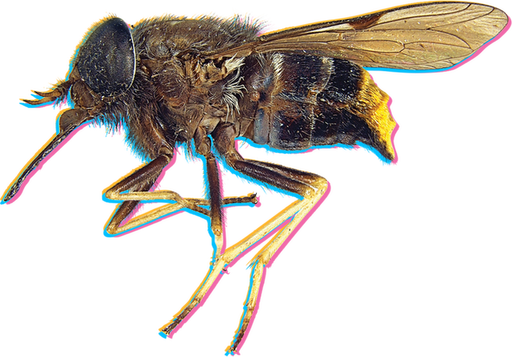Theairischilly. Thescientistsstandstill.Theylookupintothetreetops,hopingtoseesomething.Thereisstillnosignofthemysteriousmonkeythatbroughtthemtothe forest.
Then,asneezecomesfromabove.Asnub‑nosedmonkeysnortsasraindripsintoitsnose.Anewspecieshasjustbeen discovered!

snub‑nosedmonkey
Where'sWaldo?
Lotsoflivingthingsliveonthisplanetwithoutbeingnoticedbyhumans.Trees,plants,insects,evenwhalescangounnoticedforcenturies!Someofthesenewspeciesliveinfar‑offplaces.Otherscanbefoundcloser by.
There’salotofbiodiversity onEarth.Manyspeciesoflivingthingsarecollectedandstudied.Thentheyareput into classification.
Scientiststhinktheremaybeasmanyas10millionspeciesonEarth.Sofar,we’veonlyidentifiedabout1.3 million.
Wait,WhatIsThat?
Aflashoforangelandsonabranch.It’sgotsixlegsandwings.It’sthesizeofyourpinky.It’saninsect.Butit’slikenothingyou’veeverseenbefore.Haveyoudiscoveredanewspecies?It’snotthat simple.

Thisscientisthelpeddiscover anewspeciesofcrabcalledtheyeti crab.
There’saprocessforidentifyingandnaminganewspecies.First,aspecimenhastobecapturedandcollected.Thenithastobestudied.Expertsmustmakesureitdoesn’tbelongtoaknownspecies.Tofindout,scientistscomparetheDNA—ormoleculethatholdsthegeneticcodeoforganisms—totheDNAofthesimilarspecies.Ifitisnotamatch,thenthefun begins.
Scientistswriteareportandexpertsreviewit.Iftheyagree,thesubjectofficiallybecomesanew species.
What'sinaName?
Thesortinghatspider(Eriovixiagryffindori) looksjustlikeatinysortinghatfromtheHarryPotterseries.TheBeyoncéfly(Scaptiabeyonceae) hasagoldenbackside.Everyknownspeciesontheplanethasanofficialtwo‑partscientific name.
Thissystemhasbeenaroundsincethe1700s.SwedishscientistCarlLinnaeusdesigneditsothatpeoplefromdifferentpartsoftheworldcouldshareinformationaboutaspecificspecies.Andallwouldknowwhattheyweretalking about.

sortinghat spider


Beyoncé fly
Thefirstpartofthenameiscalledthegenus.It’sanameforasmallgroupofrelatedorganisms.Thesecondpartidentifiesthespecies.It’scalledthespecific epithet.
Forexample,threesmallandroundspeciesoffungusbeetlesarenamedGelaebaen (“jelly bean”),Gelaebalae (“jelly belly”),andGelaedonut (“jelly doughnut”).ThegenusisGelae.Itshowsthattheyarerelated.IftheLatinistoohardtosay,justusethe commonname, likethe“jellybelly” beetle.